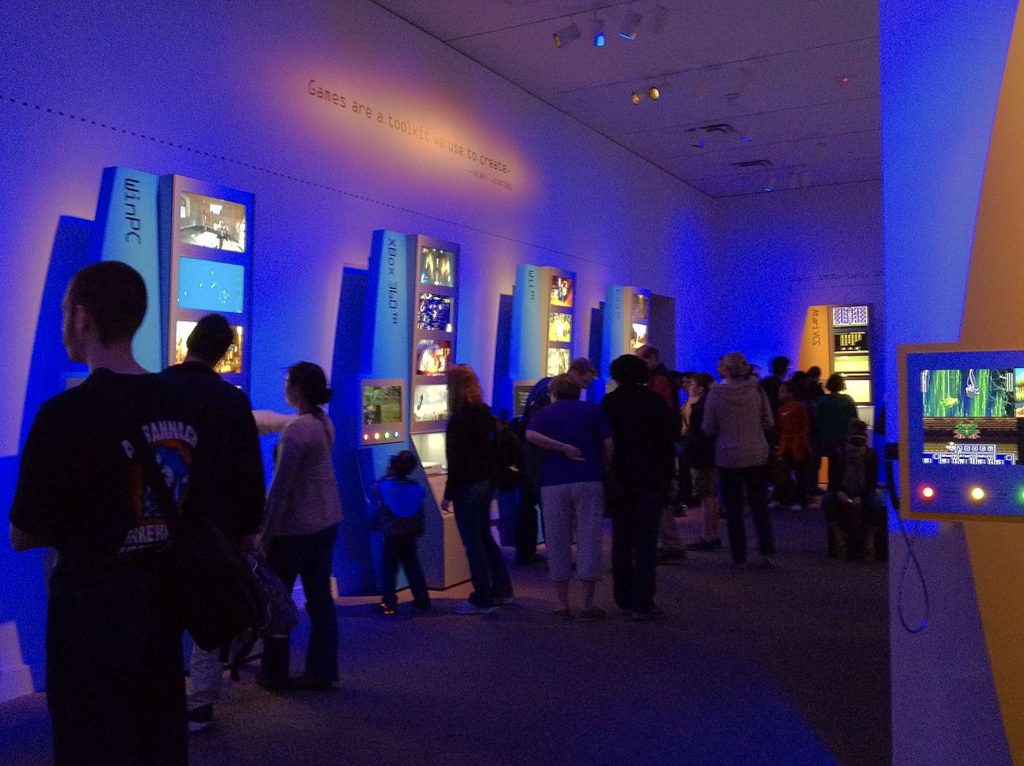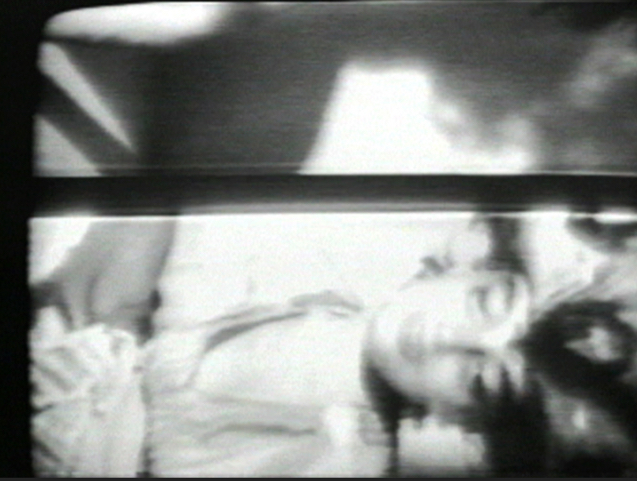Chapter 11.13: Digital Art, Film, and Video
Digital Art
Interestingly, digital art encompasses many different styles, from Realism to Expressionism to Impressionism and beyond. It can mimic any medium, including oil paint, watercolors, and acrylics. What distinguishes Digital Art from its predecessors is that it is created with digital technology. In the long history of art, Digital is a very recent addition. But since it was introduced a few decades ago, many have added a variety of modern tools to their artistic arsenals, including computers, tablets, scanners, and much more.
Video
What is Digital Art? (5:47)
Film
Motion picture, also called film or movie, series of still photographs on film, projected in rapid succession onto a screen by means of light. Because of the optical phenomenon known as persistence of vision, this gives the illusion of actual, smooth, and continuous movement. The motion picture is a remarkably effective medium in conveying drama especially in the evocation of emotion. The art of motion pictures is exceedingly complex, requiring contributions from nearly all the other arts as well as countless technical skills (for example, in sound recording, photography, and optics). Emerging at the end of the 19th century, this new art form became one of the most popular and influential media of the 20th century and beyond.
As a commercial venture, offering fictional narratives to large audiences in theatres, the motion picture was quickly recognized as perhaps the first truly mass form of entertainment. Without losing its broad appeal, the medium also developed as a means of artistic expression in such areas as acting, directing, screenwriting, cinematography, costume and set design, and music. Film genres include drama, science fiction, comedy, western, documentary and many more. Animation like many other film genres has become popular worldwide. The history of animation dates back to early Chinese shadow lanterns and the optical toys of the eighteenth century, but it was not until the beginning of the twentieth century that illustrators like Émile Cohl began drawing cartoon strips on to celluloid. The most famous animator was Walt Disney, best known for his cartoon feature films like Fantasia, The Jungle Book, and whom Salvador Dalí believed to be the heir to surrealism. – Encyclopedia Britannica
Computer animation began in the 1960s and is early animation’s digital successor. Using software programs like Adobe Flash, animators build up sequences on a computer to be used as special effects in film, called Computer Generated Imagery (CGI), or as animated sequences in their own right. Computer animation has distinct advantages for artists: it is cheap to make, fast, and the artist is able to control every aspect of the process, unlike the vagaries of shooting film, which cannot be viewed until developed. Sites like YouTube and MySpace have become forums for computer animation, bypassing the traditional galleries and museums as spaces for artistic enterprise.
Video
A Trip to the Moon – the 1902 Science Fiction Film by Georges Méliès (12:52)
History of Video Art
Prior to the introduction of this new technology, moving image production was only available to the consumer through 8 or 16-millimeter film. Many artists found video more appealing than film, particularly when the medium’s greater accessibility was coupled with technologies able to edit or modify the video image with immediacy. Film is an analog medium that requires a chemical development process to be done before the moving images can be assessed for exposure and other quality considerations. Video, on the other hand, could be played back instantly, adding great convenience. The relative affordability of video also led to its popularity as a medium.
Schneider and Frank Gillette. An installation of nine television screens, Wipe Cycle combined live images of gallery visitors, found footage from commercial television, and shots from pre-recorded tapes. The material was alternated from one monitor to the next in an elaborate choreography.
Prominent Video Artists
Many early prominent video artists were involved with concurrent movements in conceptual art, performance, and experimental film. These include Americans Vito Acconci, John Baldessari, and Peter Campus, among others. Some, like Steina and Woody Vasulka, employed video synthesizers to create abstract works. Much video art in the medium’s heyday experimented formally with the limitations of the format. For example, American artist Peter Campus’ Double Vision combined the video signals from two Sony Portapaks through an electronic mixer, resulting in a distorted and radically dissonant image. Another representative piece, Joan Jonas’ Vertical Roll, involved recording previously-recorded material of Jonas dancing while playing the videos back on a television, resulting in a layered and complex representation of mediation.


Video Art Today
Currently, video art is represented by two varieties: single-channel and installation. Single-channel works are much closer to the conventional idea of television in that a video is screened, projected, or shown as a single image. An example of single-channel video art can be seen in this production called, The Fourth Wall.
Installation works, meanwhile, involve either an environment, distinct pieces of video presented separately, or any combination of video coupled with traditional media like sculpture. Installation video is the most common form of video art today. Sometimes it is combined with other media and is often subsumed by the greater whole of an installation. Contemporary contributions are being produced at the crossroads of such disciplines as installation, architecture, design, sculpture, and electronic art.
Videos
The Fourth Wall (8:51)
The Case for Video Art (10:01)
Media Attributions
- Figure 1. The Art of Video Games Exhibition Crowd, March 16, 2012 – September 30, 2012: Exhibit at the Smithsonian American Art Museum that showcased video games as moving image art works (Image source: Blake Patterson via Wikimedia Commons is licensed under a CC BY (Attribution) license
- Figure 2. Joan Jonas, Vertical Roll, 1972: A still from Vertical Roll by Joan Jonas, a video that experiments with the formal limitations of video as a medium (Image source: The Museum of Modern Art. Used with permission, for education use only)
Candela Citations
- Boundless Art History: New Media for Art. Retrieved from: https://www.collegesidekick.com/study-guides/boundless-arthistory/new-media-for-art. License: CC BY-SA: Attribution-ShareAlike
- History and development of film. Provided by: MoMA. Retrieved from: https://www.moma.org/collection/terms/film/history-and-development-of-film. License: All Rights Reserved. License Terms: Used with permission, for educational use only

